AGM PAD P1 review

30-second review
AGM is a Chinese phone maker with a good track record of producing good-quality devices at affordable prices. Typically, these ruggedised devices use MediaTek SoCs and Sony camera sensors.
The Pad P1 is the only tablet design this brand currently has, and it takes the parts we’ve come to associate with its phone designs and repurposed them in a new form factor.
Like its phones, AGM has made the Pad P1 IP68 waterproof and IP69K dustproof, making it suitable for adventure hikes and beach holidays. It uses the tried-and-trusted MediaTek Helio G99 SoC platform that comes with 8GB of RAM and 256GB of storage.
But it also can function as a phone, with two Nano SIM slots, and one of these can be swapped for a MicroSD card to increase internal storage.
What this device offers is most of the functionality of a rugged mobile phone but with a 10.36-inch display and a 7000 mAh battery. The only place it doesn’t match a phone alternative is that the cameras aren’t up to the quality we’ve seen on phones using the same SoC.
But what’s genuinely innovative about the Pad P1 is that the basic price is only $199, and AGM will supply a keyboard for only $50 more.
It might not be the most powerful tablet around, but at this price, it's a robust solution offering fantastic value for money.
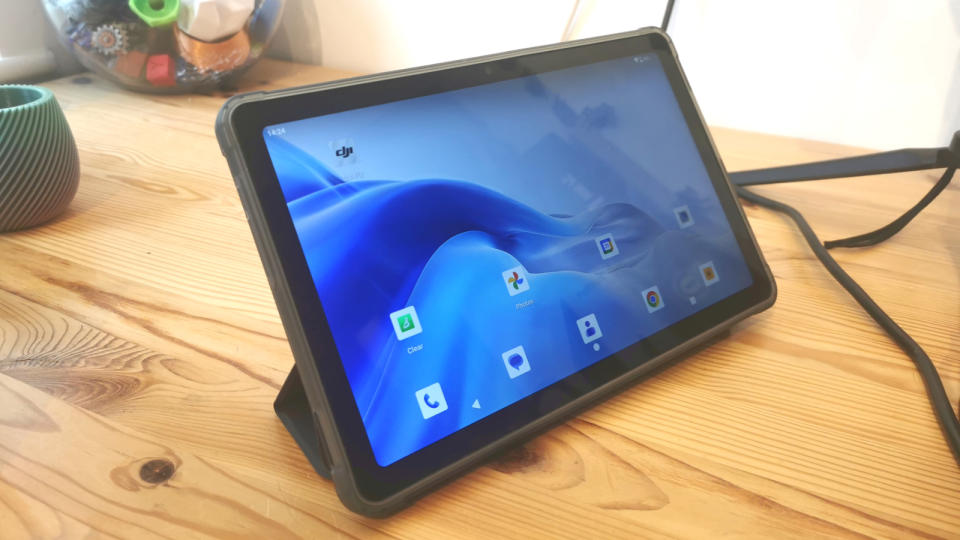
AGM PAD P1: price and availability
How much does it cost? $199
When is it out? It is available now
Where can you get it? You can get it in most regions direct from AGM or from an online reseller such as Amazon.
AGM offers this machine in three variants for the US, Global and Chinese markets. And, as part of the official launch event, it includes a free protective case for free worth $29.98.
The base cost of $199 is increased by $50 if you want the Bluetooth keyboard.
AGM didn’t supply the keyboard with our review hardware, so we can’t comment on its quality and suitability.
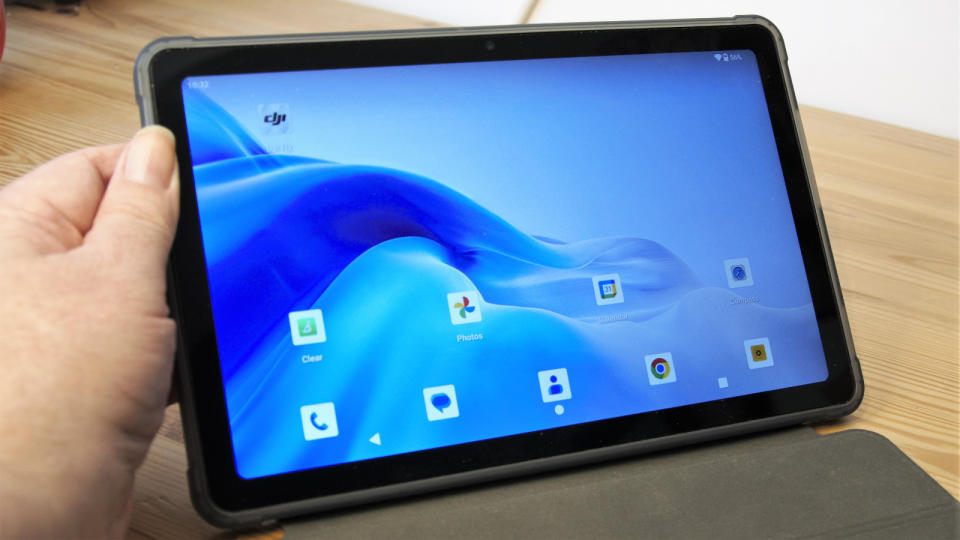
Value score: 5/5
AGM PAD P1: design
Lacks fast charger
Rubber plugs
Dual Nano SIM
Specs
The AGM Pad P1 that was sent to us for review came with the following hardware:
CPU: MediaTek Helio G99 / Octa Core / 2.0-2.2 GHz / 6nm / 4G
GPU: ARM Mali-G57 MC2
RAM: 8GB LPDDR4X
Storage: 256GB UFS 2.2
Screen: 10.36-inch IPS LCD
Resolution: 1200 x 2000
SIM: Dual Nano SIM + MicroSD
Weight: 470g
Dimensions: 250.3 x 160.0 x 9.0 mm
Rugged Spec: IP68, IP69K and MIL-STD-810H
Rear cameras: 8MP AF
Front camera: 5MP
Networking: WiFi 6, Bluetooth 5.2
OS: Android 13
Battery: 7000mAh (18W Fast Charge)
In the box with the Pad P1 is a USB-C charger and cable, although it should be noted that this 10W PSU won’t fast charge this tablet.
A valuable and unexpected inclusion was a replacement rubber cover for the USB-C port cover that is held in place with a screw. With repeated pulling and pushing, these plugs tend to wear. Thankfully, AGM considered this issue and made this item user-replaceable.
Our tablet came with a protective case, and it provides a useful rubber bumper combined with a folding screen protector that doubles as a stand.
This cover needs to be removed for the SIM tray to be accessible, although this isn’t something most owners will be doing often. The tray is the same typical Chinese phone design where you can use two Nano SIMs or one and a MicroSD card. The mobile comms of the Helio G99 have a 4G LTE specification, which should work in most regions.
Given this device's relatively low cost, its build quality and cover are good, and it should provide a decent working life if not excessively abused.
One feature that might have extended that lifespan further would have been wireless charging, but for whatever reason, AGM didn’t implement that on this device.
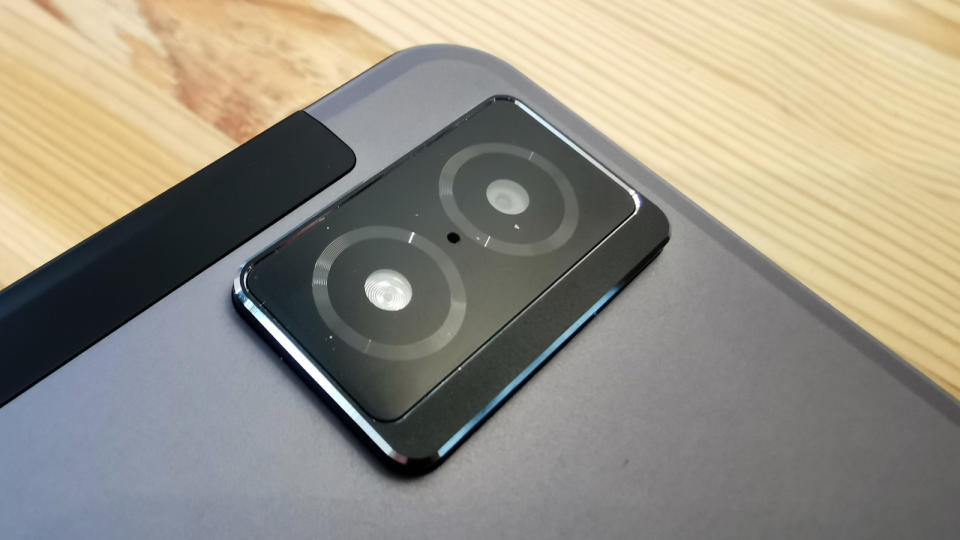
It does have a headphone jack, so no USB-C audio adapter is required. But most owners will probably use the built-in Bluetooth technology as it is much more convenient.
The screen is an IPS panel with a brightness range of around 250 nits, fine for indoor use. The lack of any screen coating and the high gloss finish of the display makes it less easy to read in direct sunlight, but you could easily find a screen filter for this size of tablet.
Overall, this is a by-the-numbers Android tablet design that has relatively few surprises other than how cheap it is for this specification and build quality.
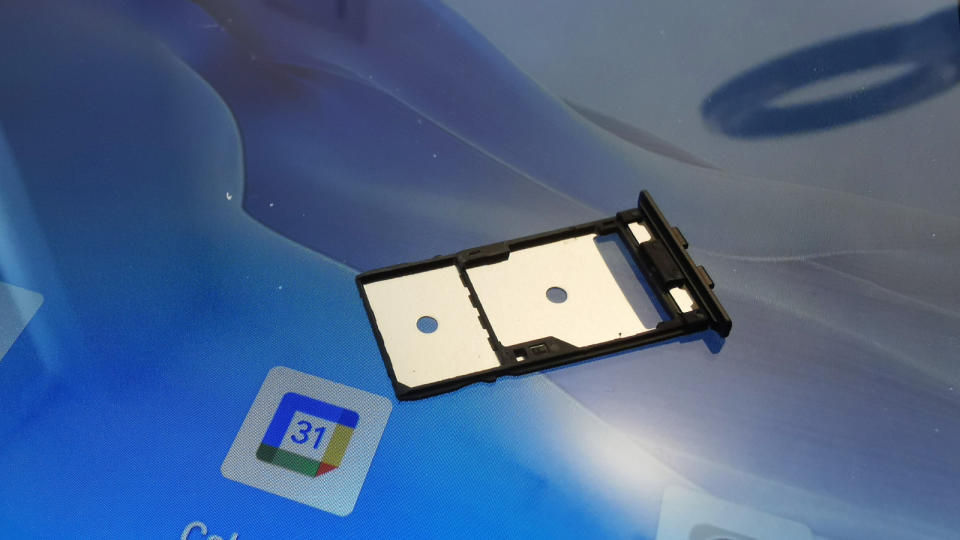
Design score: 4/5
AGM PAD P1: hardware
Powerful platform
Lacks RAM expansion tech
Missing sensors
In many, many phone reviews, we’ve talked at length about the MediaTek Helio G99 as this is a highly popular phone platform.
In our list of recent phone reviews, it was used in the Ulefone Armor 17 Pro, Unihertz Tank, Blackview BV9300 and Doogee S100 Pro, to mention a few.
What’s great about this SoC is that it delivers decent performance with its eight ARM cores consisting of two Cortex-A76 @2.2GHz and six Cortex-A55 @2.0GHz.
If this SoC has a weakness, it’s the Mali-G57 MC2 GPU. Because newer MediaTek designs, such as the Dimensity 900, use the more impressive Mali-G68 MP4 silicon.
The GPU in this machine is fine for video playback and odd interactive game, but it isn’t ideal for 3D games and modelling tools.
AGM included 8GB of RAM, a capacity that isn’t increasable with the memory expansion trick we saw used by Doogee on the S100 Pro, but it’s a reasonable amount for most purposes.
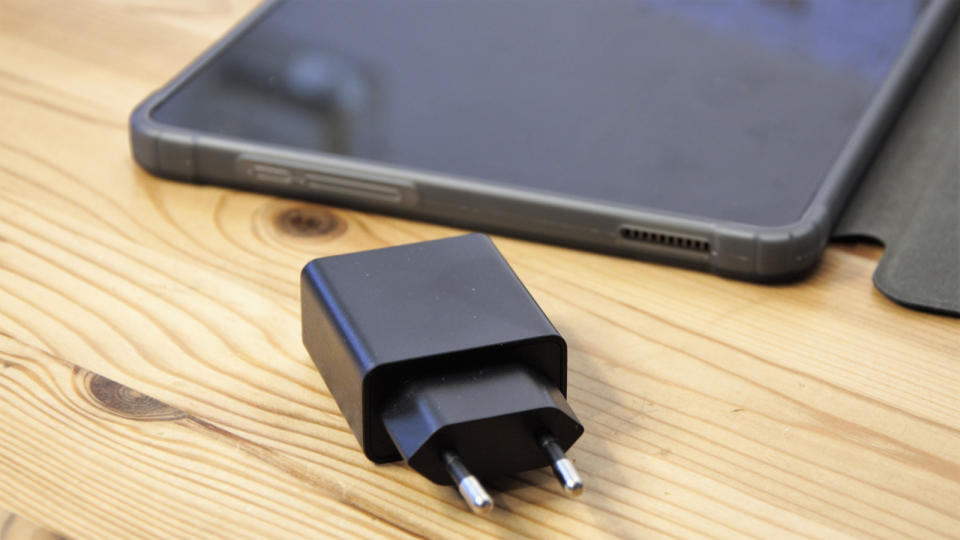
Going through the hardware details, we noticed a few curious omissions that phones typically come with that AGM left out of this device. For example, there is no gyroscope, barometer and no NFC support.
What it does have is a magnetometer, but in our tests, the compass app pointed north in completely the wrong direction.
After some experimenting, we determined that the magnet that holds the folding screen cover in place is very close to this sensor, making it utterly useless. Whatever you do, don’t take this tablet on a long hike and expect to be seen again.
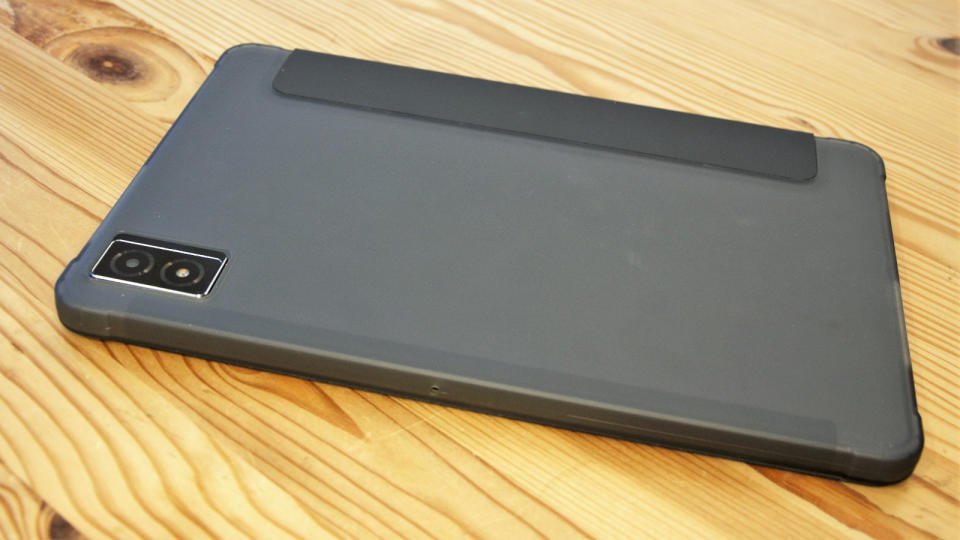
Hardware score: 4/5
AGM PAD P1: cameras
8MP sensor on the rear
5MP on the front
Two cameras in total
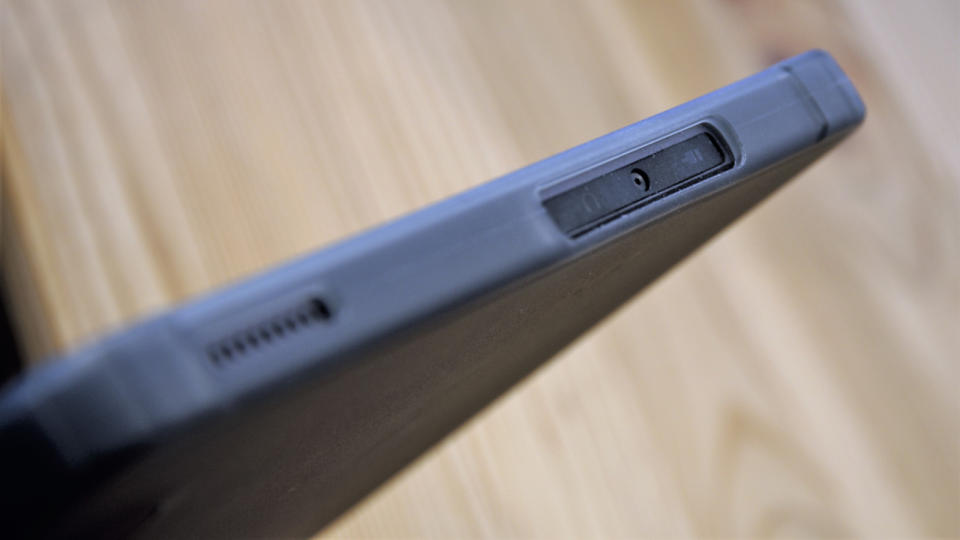
The AGM Pad P1 has two cameras:
Rear camera: 8MP GalaxyCore GC8034
Front camera: 5MP SC500CS from SmartSens Technology
AGM is remarkably coy about what sensors the Pad P1 uses, listing that the rear is 8MP with autofocus and the front is 5MP with fixed focus and no other details.
Our usual tools for interrogating Android don’t come up with all the answers since AGM failed to fill in those fields when it compiled the distro for the tablet.
We eventually concluded that the front sensor is a SC500CS from SmartSens Technology, with a resolution of only 2600 x 1952.
The rear sensor is a GalaxyCore GC8034 with a 3264 x 2448 resolution from its 7.99 megapixels. For those curious, in quantities of greater than 10,000 units, this sensor costs $4.77 on Alibaba at the time of writing.
Compared even with cameras in the cheapest phones, these aren’t the best level of camera sensor, although the rear sensor does at least have HDR mode. Pictures can be taken in 8MP (4:3), 5MP (4:3) or 3MP (4:3), but there are no panoramic modes or anything but the most basic shooting options. Images can be captured in JPG or HEIF, with no RAW mode.
Video shooting has a maximum resolution of 1440p (2560 x 1440), but there is no frame rate control in any resolution offered, and the two formats are H.264 and HEVC.
We used the tablet to take some example shots using the rear sensor, and they tend to suffer from exposure estimations that are completely off.
It should also be noted that this device doesn’t support Widevine L1 video encryption. Therefore if you use Netflix or Disney+ services, the best resolution will only be 480p, irrespective of your subscription. You can still get 1080p resolution from some services, like YouTube, but most of the subscription streams will limit you to 480p without Widevine L1.
For a phone, the camera options wouldn’t be up to expectations, and for a tablet, they’re not impressive.
AGM PAD P1 Camera samples

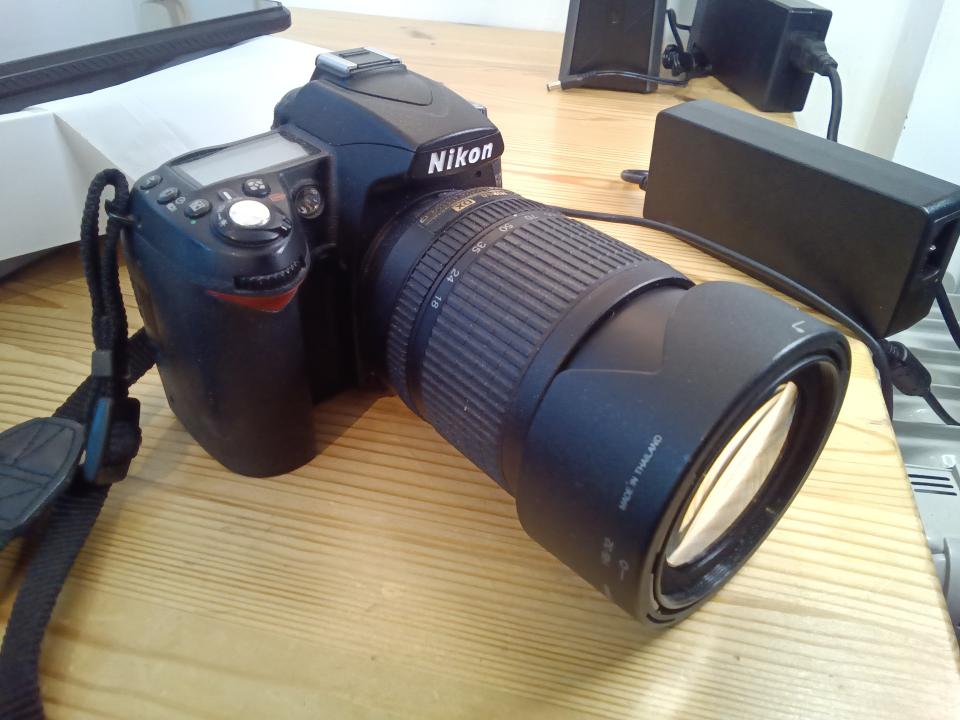





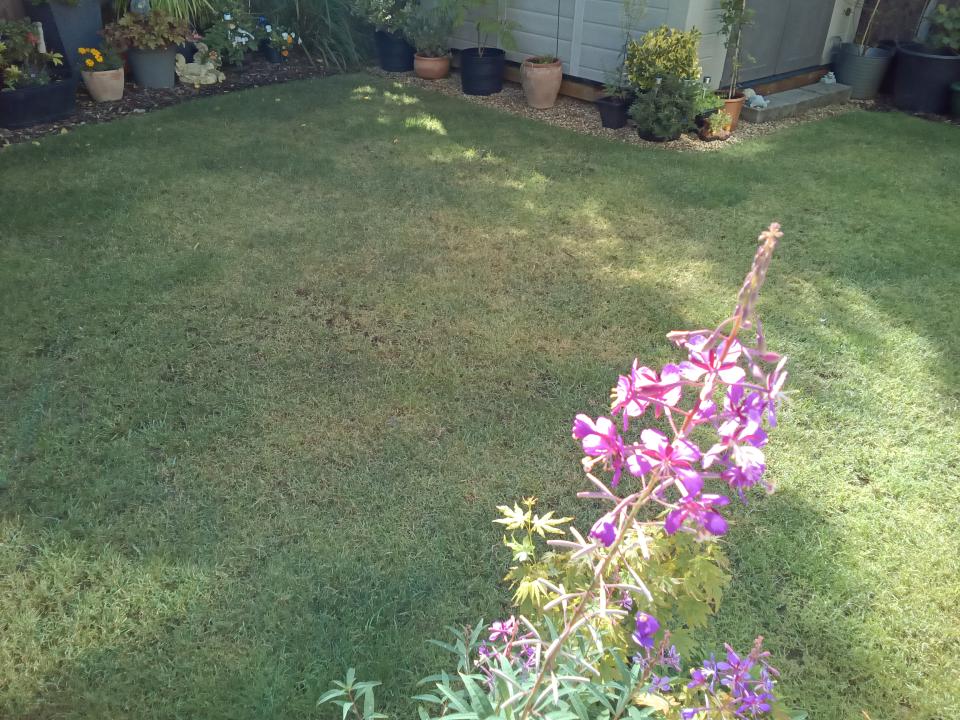
Camera score: 3.5/5
AGM PAD P1: performance
Strong CPU and GPU combo
Lacks Widevine L1
Modest battery capacity
Benchmarks
This is how the AGM PAD P1 Guardian performed in our suite of benchmark tests:
Geekbench: 548 (single-core); 1834 (multi-core); 1493 (OpenCL)
PCMark (Work 3.0): 8983
Passmark: 9831
Passmark CPU: 4703
3DMark Slingshot: 3513 (OGL)
3DMark Slingshot Extreme: 2647 (OGL); 2457 (Vulkan)
3DMark Wild Life: 1243
These numbers are almost identical to what we’ve seen from phones that use the same SoC, and they’re respectable. But the Blackview BV9300, as an example of another device with this chipset, cost $399 when it was reviewed.
Therefore, this is plenty of bang for the buck, and for many typical tablet tasks, the performance of this device is more than adequate.
However, if you compare this to a phone with a Dimensity 900, the results on the graphically intense tests, like 3Dmark Wild Life, are about half the score of those devices.
At this price, using a Dimensity SoC is out of the question for AGM, but the Helio G99 does a good job for a budget chipset.
Performance score: 4/5
AGM PAD P1: battery
Modest battery size
18W Fast charging
No wireless charging
For a tablet the battery capacity of 7000 mAh isn’t tiny, but there are many rugged phones with much greater capacity and a few with triple that amount.
In our testing, it managed to run a video for 15h 21m from a 100% charge to exhaustion, and it managed to recover 22% of the battery in 30 minutes using a charger that supported the 18W fast charge mode.
However, that’s not the charger AGM provides, so be aware that to get the tablet rapidly charged will require additional outlay.
With over 15 hours of run time, that’s more than enough capacity to handle a very long road trip or air flight with ease. Although if video watching is the objective, it might be a good idea to install a MicroSD card and download the contents beforehand to avoid the power overhead of 4G LTE and potential dropouts of service.
Greater battery capacity would have been helpful, but it would have pushed the weight of the Pad P1 above 500g. And how lightweight this device is, we liked.
Our only negative view on the battery situation of this hardware is that if you promote a device with 18W fast charging, then you need to provide a PSU that can do that.
Battery score: 3.5/5
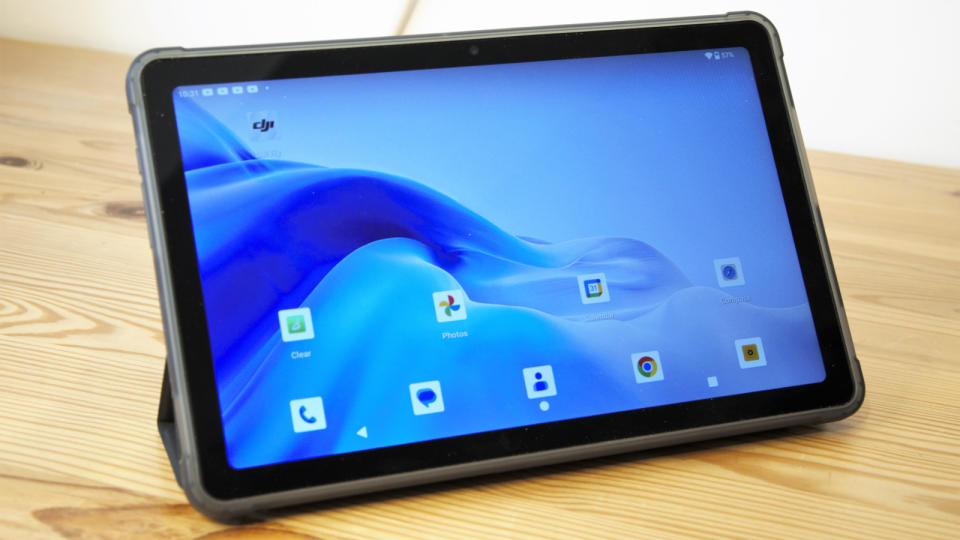
There is so much to like in the Pad P1, and a few things we wish were different.
AGM chose an SoC that is perfect for this job, and when combined with a decent-quality screen, it provides a solid Android platform for whatever job you have. This machine is essentially a big phone, and that’s the best way to consider it.
The weaknesses are some disappointing camera sensors, missing sensors and a magnetometer that was placed next to a magnetic field source. Why NFC was left out is a mystery since even the cheapest phones now come with that feature..
In what might seem counterintuitive, we think the Pad P1 is too cheap. Adding another $25 to the budget might have fixed many of its limitations and added wireless charging and maybe a better camera.
As it is, this is a cheap device, and for some projects, it might be considered almost disposable, but with a little bit more budget, it might have been spectacular.
If you have a need that involves photography or video, we’d pick something else, but for a flexible Android tablet with waterproofing, it's hard to go wrong at this price.
AGM PAD P1: score card
Should I buy a AGM PAD P1?
Buy it if...
Don't buy it if...
Also consider
We've rated the best rugged tablets.
